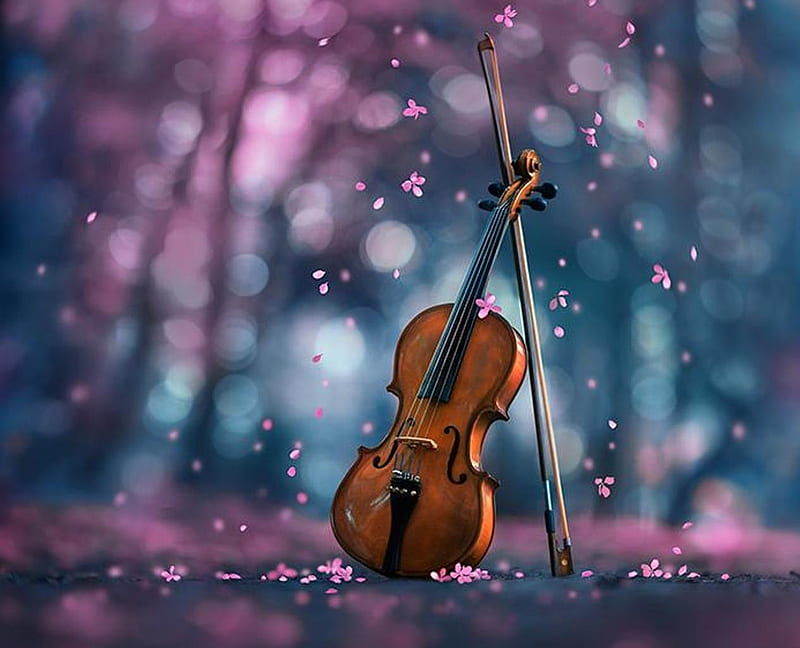Lesson Description
The placement of the left hand on the fingerboard is characterized by "positions". First position, where most beginners start (although some methods start in third position), is the most commonly used position in string music. Music composed for beginning youth orchestras is often mostly in first position. The lowest note available in this position in standard tuning is an open G3; the highest note in first position is played with the fourth finger on the E-string, sounding a B5. Moving the hand up the neck, the first finger takes the place of the second finger, bringing the player into second position. Letting the first finger take the first-position place of the third finger brings the player to third position, and so on. A change of positions, with its associated movement of the hand, is referred to as a shift, and effective shifting maintaining accurate intonation and a smooth legato (connected) sound is a key element of technique at all levels. Often a "guide finger" is used; the last finger to play a note in the old position continuously lightly touches the string during the course of the shift to end up on its correct place in the new position. In elementary shifting exercises the "guide finger" is often voiced while gliding up or down the string, so the player can establish correct placement by ear. Outside of these exercises it should rarely be audible (unless the performer is consciously applying a portamento effect for expressive reasons).
In the course of a shift in low positions, the thumb of the left hand moves up or down the neck of the instrument so as to remain in the same position relative to the fingers (though the movement of the thumb may occur slightly before, or slightly after, the movement of the fingers). In such positions, the thumb is often thought of as an 'anchor' whose location defines what position the player is in. In very high positions, the thumb is unable to move with the fingers as the body of the instrument gets in the way. Instead, the thumb works around the neck of the instrument to sit at the point at which the neck meets the right bout of the body, and remains there while the fingers move between the high positions.
A note played outside of the normal compass of a position, without any shift, is referred to as an extension. For instance, in third position on the A string, the hand naturally sits with the first finger on D? and the fourth on either G? or G?. Stretching the first finger back down to a C?, or the fourth finger up to an A?, forms an extension. Extensions are commonly used where one or two notes are slightly out of an otherwise solid position, and give the benefit of being less intrusive than a shift or string crossing. The lowest position on the violin is referred to as "half position". In this position the first finger is on a "low first position" note, e.g. B? on the A string, and the fourth finger is in a downward extension from its regular position, e.g. D? on the A string, with the other two fingers placed in between as required. As the position of the thumb is typically the same in "half position" as in first position, it is better thought of as a backwards extension of the whole hand than as a genuine position.
The upper limit of the violin's range is largely determined by the skill of the player, who may easily play more than two octaves on a single string, and four octaves on the instrument as a whole. Position names are mostly used for the lower positions and in method books and etudes; for this reason, it is uncommon to hear references to anything higher than seventh position. The highest position, practically speaking, is 13th position. Very high positions are a particular technical challenge, for two reasons. Firstly, the difference in location of different notes becomes much narrower in high positions, making the notes more challenging to locate and in some cases to distinguish by ear. Secondly, the much shorter sounding length of the string in very high positions is a challenge for the right arm and bow in sounding the instrument effectively. The finer (and more expensive) an instrument, the better able it is to sustain good tone right to the top of the fingerboard, at the highest pitches on the E string.

